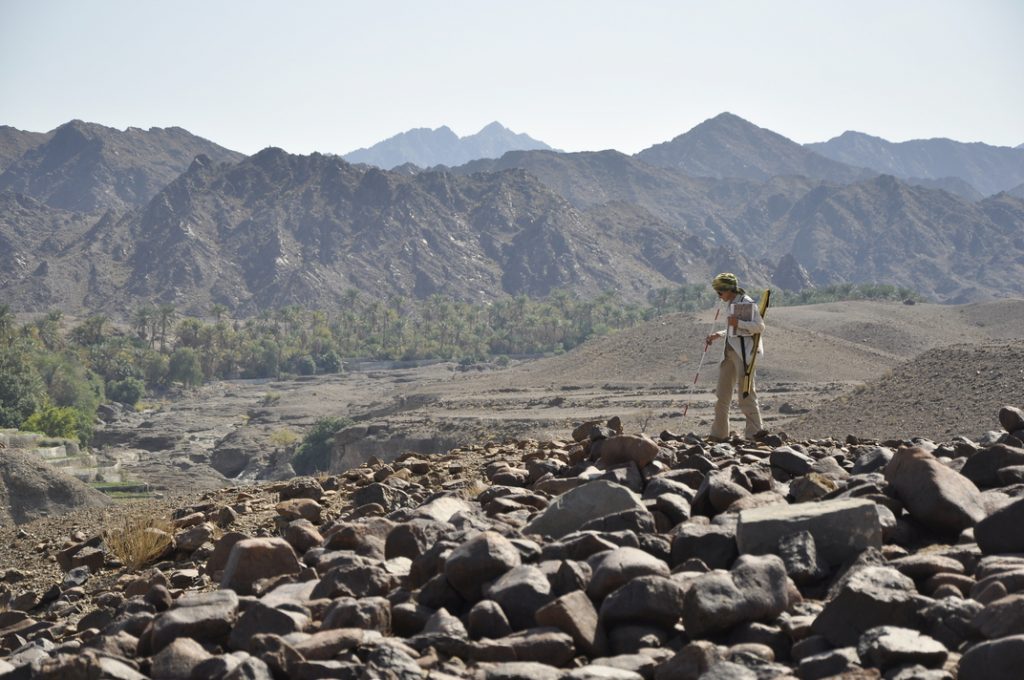Researchers from the University of Warsaw (UW), the AGH University of Science and Technology and the National Geological Institute discovered evidence of ancient metallurgy during archaeological work in northern Oman. The research focused around the so-called Qumayrah micro-region, where an expedition from the Kazimierz Michałowski Centre for Mediterranean Archaeology (CAŚ) of the UW, as the first Polish archaeological team in the country, has been working since 2016.
Since the start of their research, the scientists have recorded dozens of previously unknown archaeological sites of various chronologies, from the Stone Age to modern times. Another season has just ended, during which new discoveries have been made. The project involved archaeological and geological field prospecting and probing at ten sites.
More than fifty structures from different periods of the Bronze Age (Umm an-Nar and Wadi Suq cultures), several Iron Age structures and dozens of structures from later periods or of undetermined chronology were documented. The oldest discovery, dated to the Early Bronze Age, the so-called Umm an-Nar period (c. 2600-2000 BC), includes round stone towers and tower tombs typical of this culture.
During the archaeological work, the researchers also came across Iron Age excavations. They discovered a settlement, probably with an observation and defence tower, located on a hill overlooking the junction of two valleys through which the caravan routes led from the large oases in the southern Hajar mountains to the coast of the Gulf of Oman on the one hand and to the centres of the present-day United Arab Emirates on the other.
In the excavated part of the site, thirty-three rooms belonging to adjoining houses spread out on either side of a narrow street were encountered on approximately 1,400 square metres. The researchers point out that this type of development is far from the rural character of the settlements one might expect in such a small mountain centre.
Arkadiusz Słomczyński





